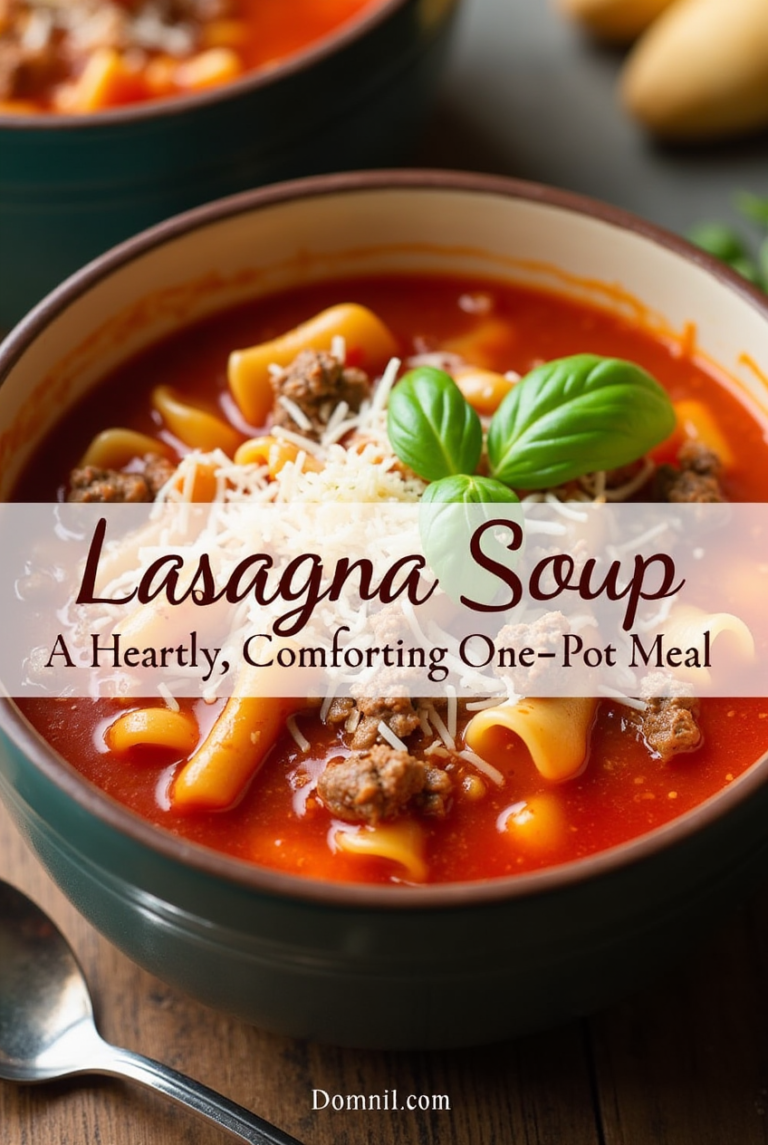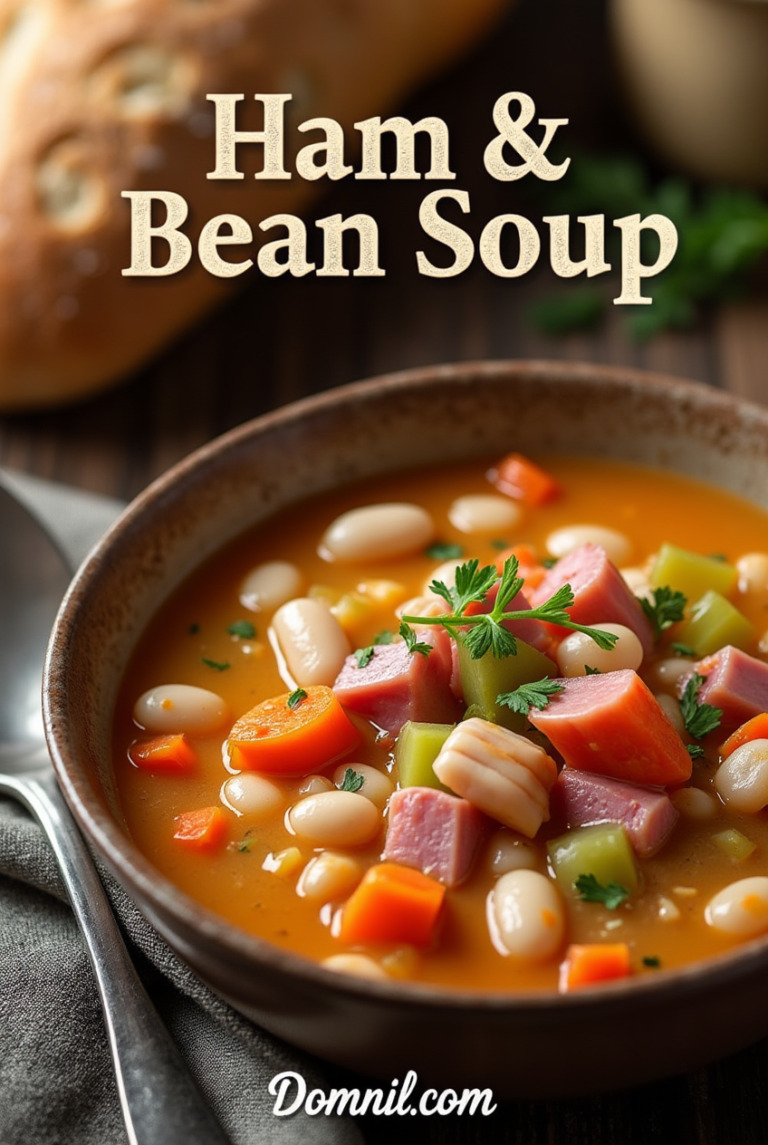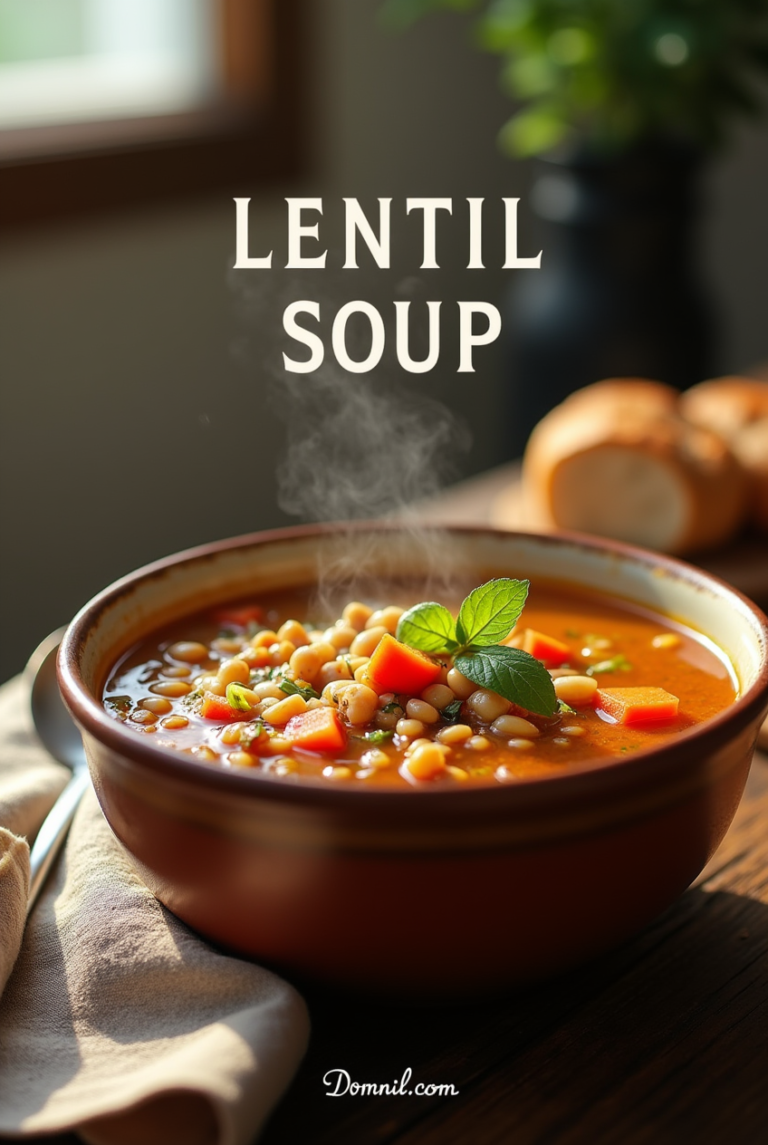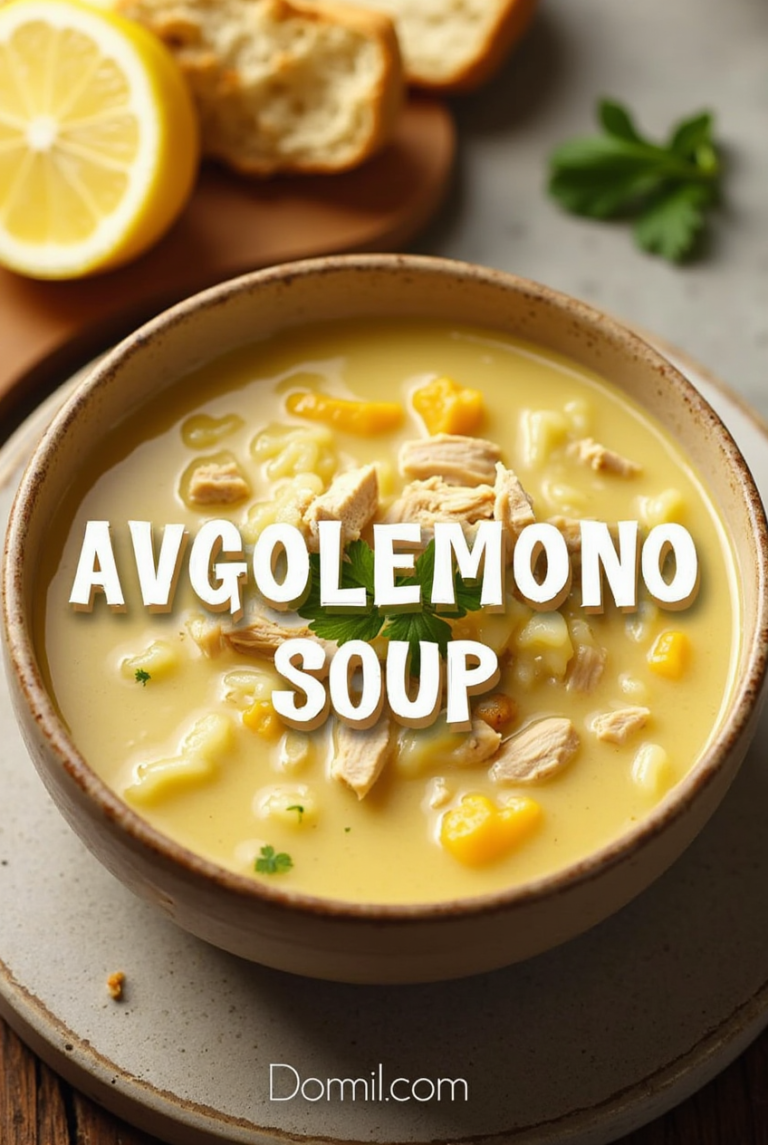Gazpacho: A Chilled Tomato Soup to Beat the Heat
As the summer heat intensifies, a refreshing summer dish like gazpacho can be a lifesaver. This traditional Spanish soup is served chilled, making it a perfect antidote to the sweltering temperatures.
Originating from Spain, this cold tomato soup has gained popularity worldwide for its cooling properties and flavorful taste. It’s a simple yet delicious way to enjoy the fresh flavors of summer vegetables.
Key Takeaways
- Gazpacho is a chilled soup ideal for hot summer days.
- It’s a traditional Spanish dish with global popularity.
- The soup is made from fresh summer vegetables, primarily tomatoes.
- Gazpacho is a healthy and refreshing meal option.
- It’s easy to prepare and customize according to taste.
The Refreshing World of Gazpacho
In the realm of cold soups, gazpacho stands out as a refreshing and flavorful option, perfect for hot summer days. This chilled delight has captured the hearts of many, offering a cooling respite from the sweltering heat.
The Essence of Cold Soup
The essence of gazpacho lies in its simplicity and the freshness of its ingredients. Unlike hot soups that simmer for hours, gazpacho is prepared without heat, preserving the vibrant flavors and textures of its components. This characteristic makes it an excellent choice for summer, when fresh produce is at its peak.
Gazpacho’s refreshing quality is largely due to its base ingredients: ripe tomatoes, crisp cucumbers, and sweet bell peppers. These elements combine to create a refreshing and revitalizing soup that is both nourishing and light.
Key Ingredients and Their Roles
The magic of gazpacho is in its ingredients and their roles. Tomatoes provide a rich, tangy base, while cucumbers add a cooling effect. Bell peppers contribute a sweet, slightly crunchy texture, and onions bring a depth of flavor. Garlic, though used in moderation, adds a pungency that enhances the overall taste.
- Tomatoes: The foundation of gazpacho, offering a burst of juicy flavor.
- Cucumbers: Add a refreshing coolness, balancing the warmth of summer.
- Bell Peppers: Contribute sweetness and a satisfying crunch.
- Onions and Garlic: Enhance the depth and complexity of the soup.
As noted by food enthusiasts, “Gazpacho is more than just a soup; it’s a celebration of summer’s bounty.” This sentiment is echoed in the way gazpacho brings together the freshest ingredients of the season, creating a dish that is both simple and profound.
The Rich History and Cultural Significance
The origins of gazpacho are a fascinating tale that begins in Andalusia, a region in southern Spain. This cold soup has a rich history that is deeply intertwined with the culture and traditions of the Andalusian people.
Andalusian Origins
Gazpacho originated as a humble peasant food in Andalusia, made from ingredients readily available in the region, such as tomatoes, peppers, cucumbers, and bread. The original recipe was simple, reflecting the resourcefulness of the local farmers who created it. Over time, gazpacho evolved, incorporating various influences from different cultures that passed through Andalusia.
Key historical influences include the Romans, who introduced bread as a staple ingredient, and the Moors, who brought new vegetables and spices. These influences blended together to form the foundation of modern gazpacho.
Gazpacho in Spanish Culture
Gazpacho is more than just a soup in Spain; it’s a cultural icon. It represents the warmth and hospitality of Spanish cuisine, often served at family gatherings and outdoor meals. The soup has become a symbol of Andalusian heritage, celebrated during local festivals and events.
The significance of gazpacho in Spanish culture is also reflected in its variations across different regions. While the core ingredients remain the same, different areas have their own twists, showcasing the versatility and adaptability of this beloved dish.
| Region | Gazpacho Variation | Key Ingredients |
| Andalusia | Classic Gazpacho | Tomatoes, peppers, cucumbers, bread |
| Extremadura | White Gazpacho (Ajo Blanco) | Almonds, garlic, bread, olive oil |
| Castile and León | Green Gazpacho | Cucumbers, peppers, tomatoes, parsley |
Classic Gazpacho Recipe
Now that we’ve explored the history and cultural significance of gazpacho, it’s time to dive into a classic recipe that brings this refreshing soup to life. Making gazpacho from scratch is a straightforward process that requires a few key ingredients and some simple preparation steps.
Ingredients List
To make a traditional gazpacho, you’ll need the following ingredients:
- 2 cups of ripe tomatoes, diced
- 1 cup of cucumber, peeled and diced
- 1/2 cup of red bell pepper, diced
- 1/4 cup of red onion, finely chopped
- 1/4 cup of extra-virgin olive oil
- 2 cloves of garlic, minced
- 2 tablespoons of red wine vinegar
- 1 teaspoon of salt
- 1/4 teaspoon of black pepper
- 2 cups of water or vegetable broth
- Optional: croutons, fresh herbs, or a dollop of sour cream for garnish
Step-by-Step Preparation
Preparing gazpacho is a simple process that involves blending the ingredients together and adjusting the seasoning to taste.
- In a blender or food processor, combine the diced tomatoes, cucumber, red bell pepper, red onion, garlic, olive oil, red wine vinegar, salt, and black pepper.
- Blend the mixture until it’s smooth, then taste and adjust the seasoning as needed.
- If the gazpacho is too thick, you can thin it out with a little water or vegetable broth.
- Chill the gazpacho in the refrigerator for at least 30 minutes before serving.
Tips for Perfect Texture and Flavor
To achieve the perfect texture and flavor in your gazpacho, consider the following tips:
| Tip | Description | Benefit |
| Use ripe ingredients | Ensure that your tomatoes and other vegetables are ripe and flavorful. | Enhances the overall flavor of the gazpacho. |
| Adjust the seasoning | Taste the gazpacho as you go and adjust the seasoning to your liking. | Ensures the gazpacho is balanced and flavorful. |
| Don’t over-blend | Blend the ingredients just until they’re smooth; over-blending can result in a too-smooth texture. | Preserves the texture of the ingredients. |
By following these tips and using fresh, high-quality ingredients, you can create a delicious and refreshing chilled soup that’s perfect for hot summer days.
Delicious Gazpacho Variations
Beyond the classic recipe, gazpacho has evolved into numerous delicious variations, showcasing its versatility as a refreshing summer dish. This chilled tomato soup has inspired a range of creative interpretations, from traditional twists to modern fusion creations.
White Gazpacho (Ajo Blanco)
White gazpacho, also known as Ajo Blanco, is a traditional variation originating from Andalusia. This creamy soup is made with almonds, garlic, bread, and sometimes grapes, offering a rich and refreshing alternative to the classic tomato-based gazpacho. Ajo Blanco is typically served as a starter or a light meal, garnished with a drizzle of olive oil and a sprinkle of almonds.
Green Gazpacho
Green gazpacho is another intriguing variation that substitutes tomatoes with green ingredients like cucumbers, green peppers, and herbs. This refreshing version is perfect for those looking for a lighter, herbaceous take on the traditional recipe. Green gazpacho is often blended with avocado for added creaminess, making it a delightful and healthy summer treat.
Modern and Fusion Interpretations
Modern chefs have taken gazpacho to new heights with innovative fusion interpretations. Some popular variations include adding exotic fruits like watermelon or mango to create a sweet and savory blend. Others incorporate international spices or ingredients, such as Korean chili flakes or Mexican cilantro, to give gazpacho a unique twist. These creative interpretations not only honor the traditional essence of gazpacho but also push its boundaries, making it a versatile dish for any occasion.
- Experiment with different ingredients to create your own gazpacho variations.
- Combine gazpacho with other cuisines to innovate new flavors.
- Use gazpacho as a base and add your favorite ingredients for a personalized touch.
Serving and Enjoying Your Gazpacho
Gazpacho, with its rich flavors, is a healthy appetizer that delights the palate. Serving it chilled enhances its refreshing qualities, making it perfect for warm weather.
Traditional Garnishes and Presentations
Traditionally, gazpacho is garnished with a sprinkle of chopped fresh herbs like parsley or cilantro, and sometimes a dollop of sour cream or a sprinkle of croutons for added texture. The presentation can be elevated by serving it in elegant bowls or glasses.
Seasonal Adaptations and Ingredient Substitutions
While gazpacho is typically associated with summer, it can be adapted to other seasons with ingredient substitutions. For example, using roasted vegetables in the off-season can add depth to the soup. Some variations include:
- Using heirloom tomatoes for a colorful twist
- Substituting cucumber with zucchini for a different flavor profile
- Adding a splash of citrus juice for brightness
Health Benefits and Nutritional Value
Gazpacho is not only delicious but also packed with nutrients. It’s rich in vitamins A and C, potassium, and antioxidants. As a cold soup, it’s also easy to digest, making it an excellent choice for a light meal or appetizer.
Some key health benefits include:
- High antioxidant content to combat free radicals
- Low calorie count, making it suitable for weight management
- Rich in fiber, supporting healthy digestion
Embracing the Flavors of Spanish Cuisine with Gazpacho
Gazpacho, a chilled tomato soup originating from Spanish cuisine, has proven to be a refreshing and flavorful dish perfect for warm weather. Its rich history, cultural significance, and versatility have made it a beloved soup around the world.
The classic recipe, with its key ingredients like tomatoes, peppers, and cucumbers, provides a delicious base that can be adapted and modified to create various gazpacho variations, such as white gazpacho and green gazpacho.
As we explored the different aspects of gazpacho, from its Andalusian origins to its health benefits, it’s clear that this soup is more than just a refreshing meal. It’s a representation of Spanish cuisine’s emphasis on fresh ingredients, simplicity, and rich cultural heritage.
Whether you’re looking to try a traditional gazpacho recipe or experiment with modern fusion interpretations, this chilled soup is sure to leave a lasting impression. So, take a sip, savor the flavors, and experience the essence of spanish cuisine with gazpacho.











